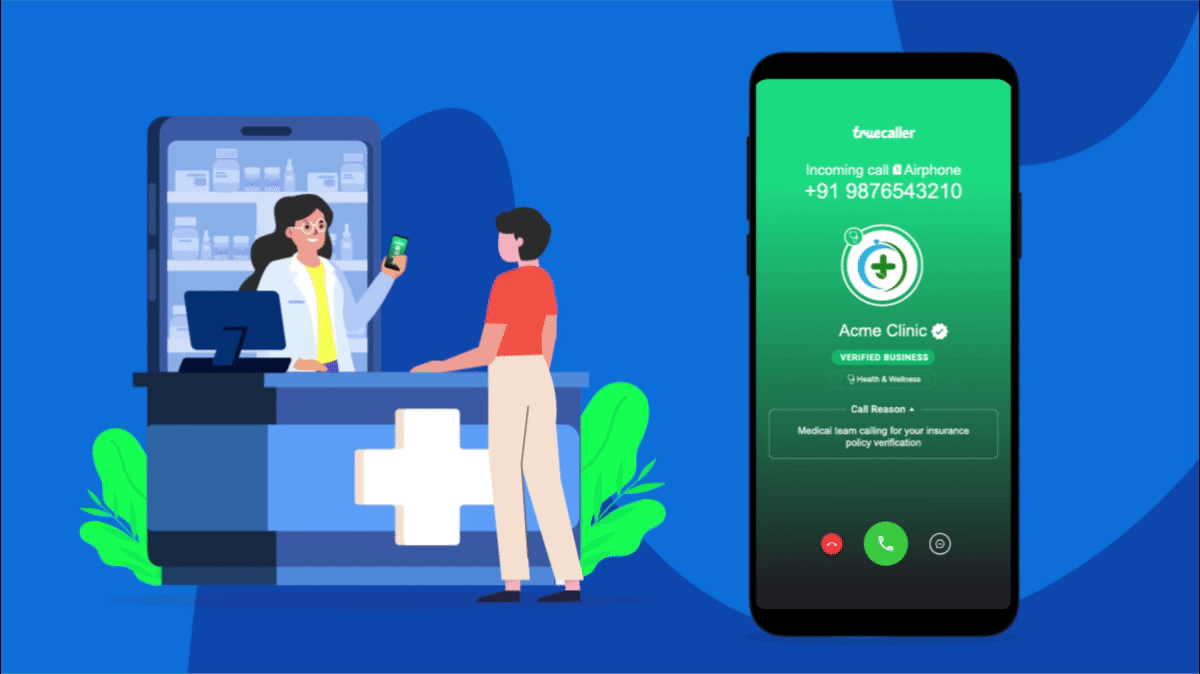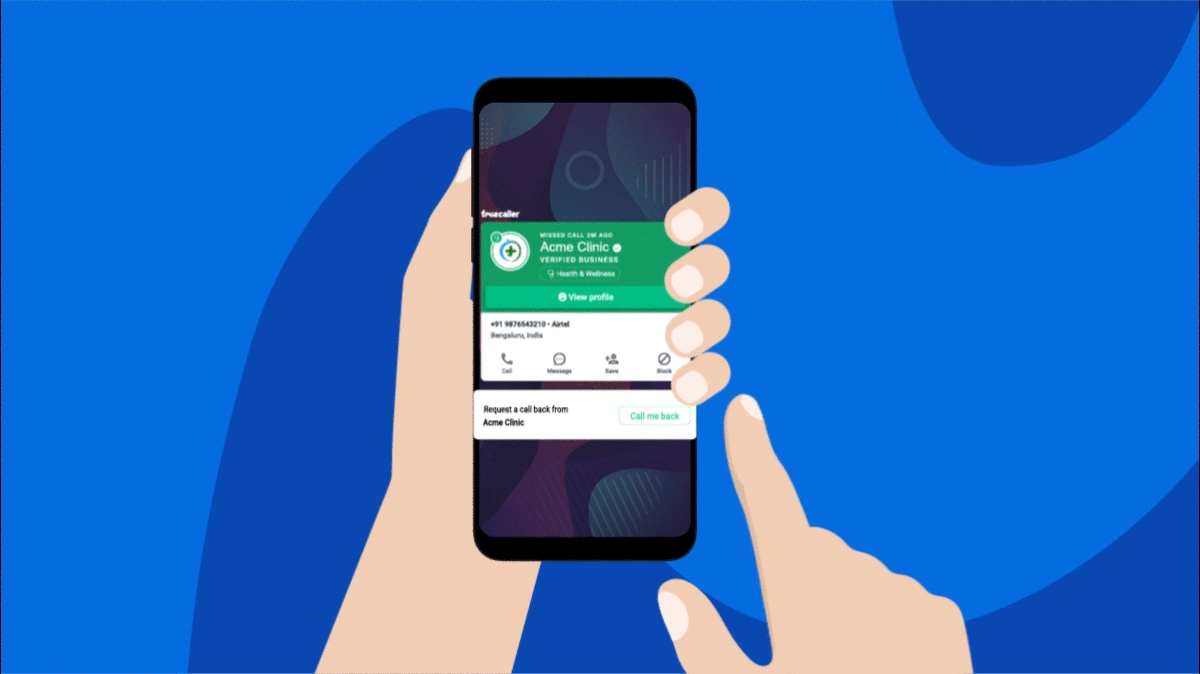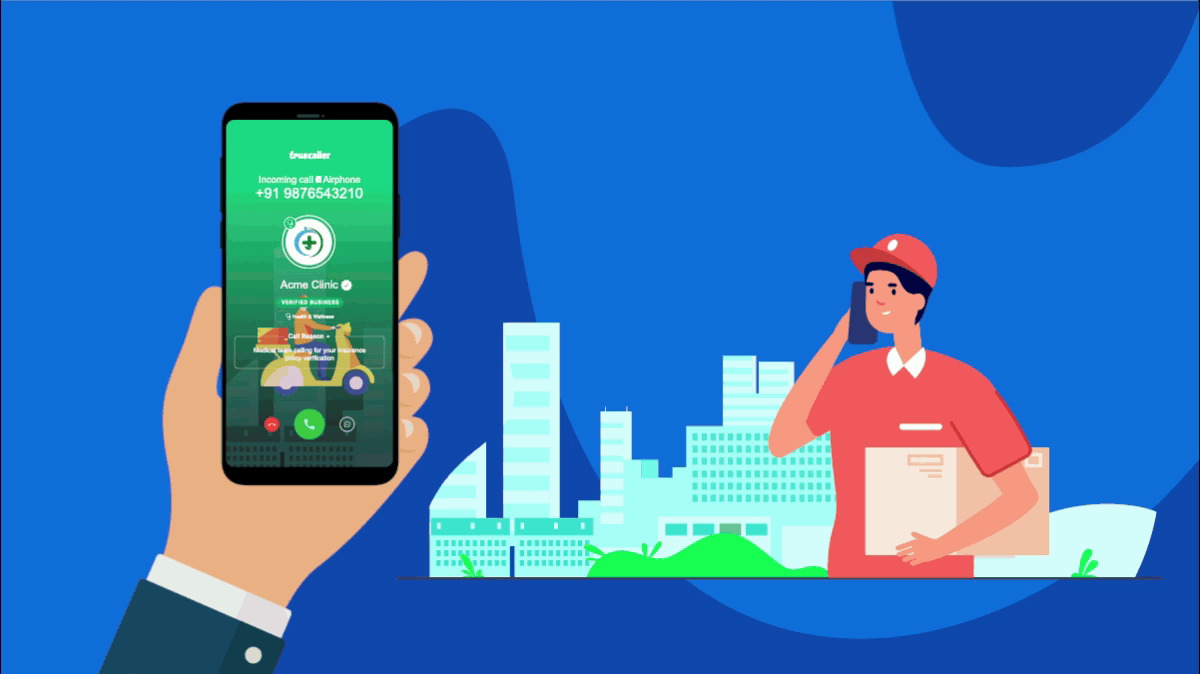
Vishant Khare
10 Mar 2024
What is B2B customer service experience?
Best Practices
The B2B customer service experience goes beyond call centers and service emails–extending into voice calls, social media, live chats, and self-help resources and becoming the binding force for omnichannel communication.
Businesses often ask a few key questions about customer service experience. We wanted to share some of our perspectives while answering these questions and helping businesses scale their customer reach.
Let’s answer some of the most frequently asked questions about customer service experience.
# 1 What is B2B Customer Service Experience?
Customer service experience is a sentiment associated with a brand’s ability to deliver personalized, meaningful, and timely assistance to customers.
Today's customer service experience is much more complex and comprehensive than years ago. The digital, economic, and social changes we witnessed after the pandemic have changed customer expectations. Consumers today shift through digital channels and seek personalized, connected, and positive experiences. There is a need to create more intent-based customer journeys to engage customers at the right channel, at the right time, and with the right context.
It’s not just about capturing customers’ attention at every touchpoint but guiding them throughout the customer lifecycle. This is where customer service experience plays a major role, in helping businesses grow, reputation, and customer retention.
# 2 What are the best practices to enhance the Customer Service Experience?
Three key requirements to delivering a purposeful customer service experience are understanding user persona and behavior, identifying the right communication channel, and understanding the measurement metrics. You can duly fulfil these requirements with the following practices:
Understand customer behavior and needs
To deliver a seamless customer service experience, it is important to first segment users based on their digital behavior and determine B2B customer engagement strategies and best-suited communication channels. Contact centers can enable intent-based customer journeys by identifying key customers’ attributes and characteristics.
Mckinsey identifies four key personas, each with a liking for specific digital touchpoints to interact with businesses.
Digital by lifestyle: These people are the archetypal omnichannel consumers. They are heavily invested in the digital environment and spend a lot of time in front of screens. They rely solely on their digital networks for recommendations, feedback, complaints, reviews, purchases, etc.
Digital by choice: They are very selective when using digital media. They adore watching videos on Netflix or YouTube, prefer to check online or in person, only shop online, etc. Depending on their needs, they can transition between digital and offline channels.
Digital by necessity: They communicate with brands on digital platforms even if it is outside their comfort zone, out of sheer necessity.
Offline society: They prefer staying in the cocoon of the non-digital world and rely more on in-person communication. They like to visit bank branches physically, shop in brick-and-mortar stores, and usually avoid any form of digital communication.
For example, let’s say you want to engage someone who falls under the category of ‘Digital by lifestyle. ' You can leverage self-service tools or chatbots to address queries on order cancellation, device installation, change of subscription plans, etc. Similarly, to engage someone who falls under the ‘Digital by choice’ category and wants seamless, transparent, and consistent conversations with service agents - you can make Voice Call central to your omnichannel communication strategy.
Establish a credible brand identity across touchpoints
In an omnichannel environment, delivering a consistent customer service experience across channels, be it Voice Call, Email, Chatbot, Website, or SMS is important. It would be best if you weaved both digital and traditional touchpoints to educate and assist customers through critical processes (pre-sales, order delivery, service, feedback, etc). The key is to have personalized, contextual, and timely conversations that establish credibility.
The four ways to have trusted customer communication and elevate your B2B customer service experience.
First, list your customer service numbers in Truecaller’s Customer Experience Solutions, which includes Verified Business Caller ID and Verified Message ID. With the Verified Business Caller ID solution, you can present a credible brand identity with the green verified screen, non-editable brand name and logo, verification badge, and business category tag. Customers can instantly recognize your brand, and your customer service agents can connect with them immediately.
Second, have transparent customer communication. By being clear, transparent, and straightforward in your customer communication, you can further build your brand reputation. For example, if Voice Calls are your primary touchpoint, then with Call Reason (which comes with our Verified Business Caller ID solution), you can set the right expectations with customers regarding what the call is, even before the call is picked up by them.

Third, reach customers at a suitable time. Calling customers frequently in a day (assuming they have missed your calls) will always backfire. Identifying your high-intent customers and reaching out to them in a time window that is suitable to them is essential. By using a feature like Call Me Back (a part of the Verified Business Caller ID solution), you can enable interested customers to request a callback so that your representative can connect with them later.

Fourth, add further differentiation to your Caller ID. Using our Video Caller ID feature, you can use case-based videos in the backdrop of your Verified Business Caller ID. This adds an extra layer of brand identity and delivers customers a more engaging calling experience.

# 3 How can we measure B2B customer service experience?
By now, we have already established that customer service experience is so important, and because it is so important, it is also undeniably essential to measure.
There is, however, more than one way to measure customer service experience.
Net Promoter Score
Calculating a Net Promoter Score (NPS) is the most common measure of customer service. The score will tell you whether your customers love your brand or aren’t fans. This method includes collecting customer feedback to rate their experience on a scale of 0 to 10. Scores between 0 and 6 are detractors, 7-8 are passives, and 9-10 are promoters. To determine NPS, you must subtract the percentage of detractors from the promoter responses.
Once you have the score, you can work on improving or maintaining a decent customer service experience for those who are passives or detractors.
Customer Satisfaction Score (CSAT)
Another famous metric is the CSAT score, one of the most straightforward ways to measure customer experience.
Moreover, it is also effortless to calculate. Depending on your type of business, you just need to send a survey to your customer right after he has made a purchase or had an interaction. The survey will ask how satisfied the customer was during his engagement with your brand.
The CSAT score is nothing but the average of that survey. It is a great way to get an instant response on whether the customer enjoyed their service experience.
The customer service or customer experience as a whole can feel very abstract. It's true that it is hard to measure things like brand loyalty, but these metrics can help make the abstract more understandable and tangible.
Plus, you can never improve something you can’t measure.
Customer service experience: The most underrated asset of any business
We have already discussed the importance of customer service experience. Let’s summarize this article with a few interesting facts about it.
Source: https://blog.hubspot.com/service/customer-service-stats
Investing in a new customer is about 5 to 25 times costlier than retaining the existing ones.
If your customer service is excellent, over 75% of customers will transact with you, even after you make a mistake.
54% of buyers say they want all customer experiences to be personalized.
min
5
Reading Time :








